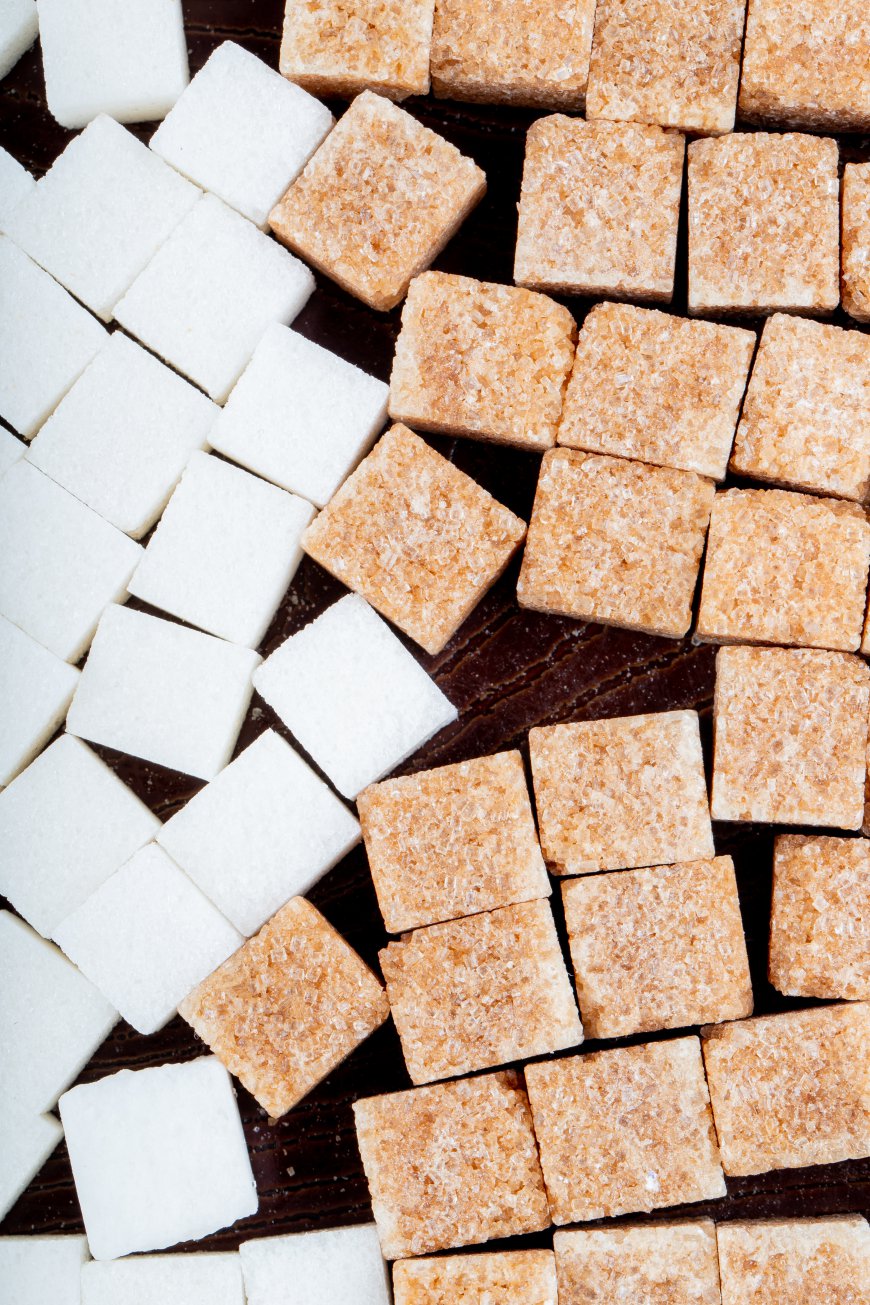architectural brick and tile
Architectural bricks and tiles remain central to both traditional and contemporary architecture, offering a combination of beauty, durability, and sustainability.

Architectural bricks and tiles have been fundamental building materials for centuries, forming the basis of various architectural styles, from ancient civilizations to contemporary structures. These materials are appreciated for their durability, aesthetics, and adaptability, making them popular in both residential and commercial constructions. In this comprehensive exploration, we will delve into the types, history, and evolving uses of architectural bricks and tiles, examining their role in modern architecture, sustainability, and innovative applications.
Algohar World natural salt lamps that are believed to provide various benefits, combining both the aesthetic appeal and the potential health advantages associated with Himalayan salt lamps.
Historical Background of Architectural Bricks and Tiles
Early Civilizations and the Rise of Brickwork
The history of architectural bricks stretches back over 7,000 years, with ancient Mesopotamia considered the birthplace of brick-making. Early bricks were made from sun-dried mud, which was abundant and easy to mold. These bricks were used for constructing homes, walls, and temples, demonstrating their functional value. The Egyptians followed suit, using bricks for monumental structures such as tombs, while the Indus Valley Civilization developed complex brick layouts for their urban planning.
Roman Innovations in Brick and Tile Use
The Romans revolutionized brick and tile making, developing the firing process, which produced more durable and weather-resistant materials. Roman bricks were widely used in aqueducts, baths, and amphitheaters, showcasing their structural integrity and versatility. Roman architects also pioneered the use of tiles for roofing, creating a model that would influence European architecture for centuries.
Renaissance and Gothic Revival
In medieval Europe, bricks fell out of favor, but they made a significant comeback during the Renaissance, particularly in Northern Europe. The Gothic revival of the 19th century further cemented bricks as a primary building material for churches, universities, and castles. Tiles, particularly glazed tiles, also became popular during this time, adorning the facades and interiors of prestigious buildings.
Types of Architectural Bricks
Clay Bricks
Clay bricks are the most traditional and widely used type of bricks, manufactured from natural clay and baked in kilns. Their versatility, strength, and durability make them suitable for both structural and aesthetic purposes. Below are some of the common types of clay bricks:
Extruded Bricks
Extruded bricks are created by forcing clay through a mold, allowing for mass production and uniformity in shape and size. These bricks are widely used in modern construction for their affordability and efficiency.
Soft Mud Bricks
Soft mud bricks are formed by pressing wet clay into molds, giving them a more natural texture and appearance. These are often used for historical restorations and projects that seek to emulate traditional brickwork.
Handmade Bricks
Handmade bricks are produced using traditional methods where clay is hand-pressed into molds. This process gives the bricks a distinctive, rustic appearance, making them popular for heritage projects or buildings requiring a unique aesthetic.
Wait: architectural brick and tile offer a wide array of benefits that make them an essential choice in both traditional and modern construction.
Concrete Bricks
Concrete bricks are manufactured using a mixture of cement, sand, and aggregates. They are cost-effective and are commonly used in industrial and commercial buildings. Concrete bricks offer high compressive strength, making them suitable for load-bearing walls, foundations, and other structural applications. They are available in a variety of colors and textures, allowing architects to customize their appearance.
#### 2.3. Fire Bricks
Fire bricks, also known as refractory bricks, are designed to withstand extreme temperatures. These bricks are made from silica, alumina, and other materials that resist thermal expansion. Fire bricks are commonly used in kilns, fireplaces, and furnaces, where heat resistance is essential for structural integrity.
#### 2.4. Fly Ash Bricks
Fly ash bricks are a more recent innovation, made from fly ash (a byproduct of coal combustion), cement, and sand. These eco-friendly bricks are lightweight, durable, and contribute to sustainable construction practices by reducing waste and emissions during production.
### 3. Types of Architectural Tiles
#### 3.1. Ceramic Tiles
Ceramic tiles are one of the most popular types used in modern architecture. They are made from clay and other natural materials that are fired at high temperatures to create a hard, durable surface. Ceramic tiles come in two varieties:
##### 3.1.1. Glazed Ceramic Tiles
Glazed ceramic tiles have a glass-like coating applied to their surface, which makes them resistant to stains and moisture. These tiles are commonly used in kitchens, bathrooms, and other high-traffic areas.
##### 3.1.2. Unglazed Ceramic Tiles
Unglazed ceramic tiles have a more natural, rustic finish and are typically used in areas where a more slip-resistant surface is needed, such as outdoor patios or walkways.
#### 3.2. Porcelain Tiles
Porcelain tiles are made from finer clay and fired at higher temperatures than regular ceramic tiles. As a result, they are denser, harder, and less porous, making them ideal for both indoor and outdoor applications. Porcelain tiles are often used in commercial spaces due to their durability and resistance to heavy wear.
#### 3.3. Terracotta Tiles
Terracotta tiles have been used for centuries, particularly in Mediterranean and rustic architectural styles. Made from natural clay and fired at lower temperatures than porcelain, terracotta tiles have a warm, reddish-brown hue. They are widely used for flooring, roofing, and decorative wall cladding.
Conclusion
Architectural bricks and tiles remain central to both traditional and contemporary architecture, offering a combination of beauty, durability, and sustainability. As the construction industry continues to innovate, these materials are being reimagined in exciting ways, from parametric designs to smart technologies. Whether for creating timeless, classic structures or cutting-edge, eco-friendly buildings, bricks and tiles will continue to shape the architectural landscape for years to come.

 Tagxa1122
Tagxa1122